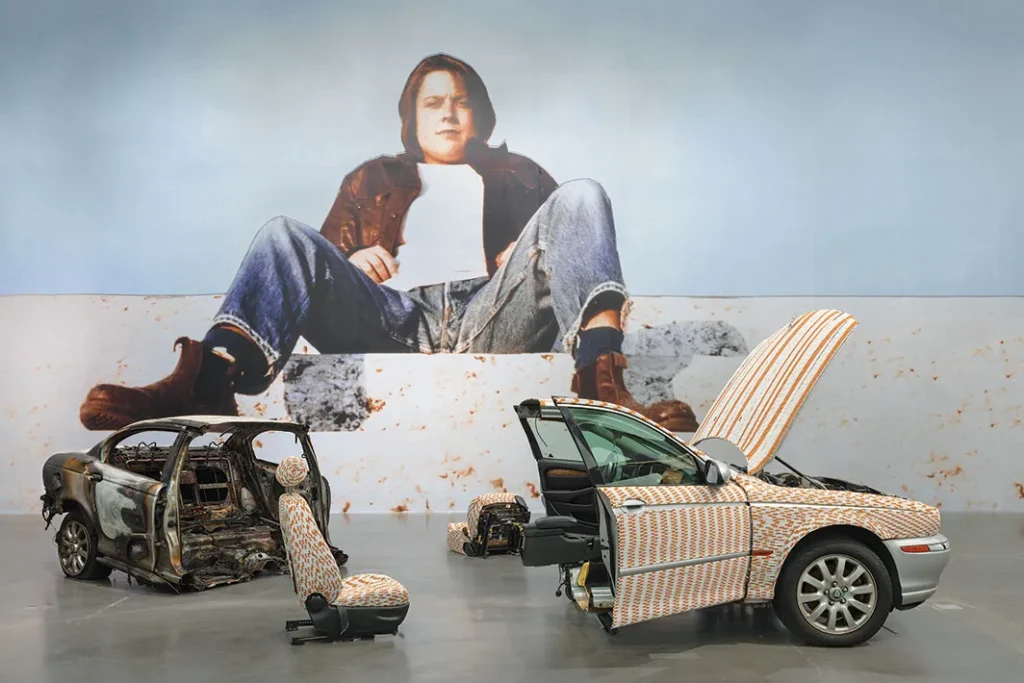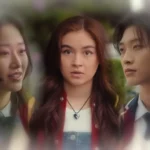“The Fosters,” an American family drama television series, has gained critical acclaim and a devoted fanbase since its premiere on ABC Family (now Freeform) in 2013. Created by Peter Paige and Bradley Bredeweg, and executive produced by Jennifer Lopez, the show stands as a seminal work in the landscape of contemporary television, promoting gender equality, racial justice, and LGBTQ rights. Its narrative, characters, and themes collectively work towards normalizing and advocating for these social causes, making it an essential study in the intersectionality of media, representation, and social justice.
Gender Equality
“The Fosters” champions gender equality primarily through its complex and multi-faceted female characters, as well as its progressive depiction of family dynamics. The show’s central characters, Stef Adams Foster and Lena Adams Foster, are a lesbian couple who raise a diverse family of biological, adopted, and foster children. This family setup challenges traditional gender roles and presents an egalitarian model of partnership and parenting.
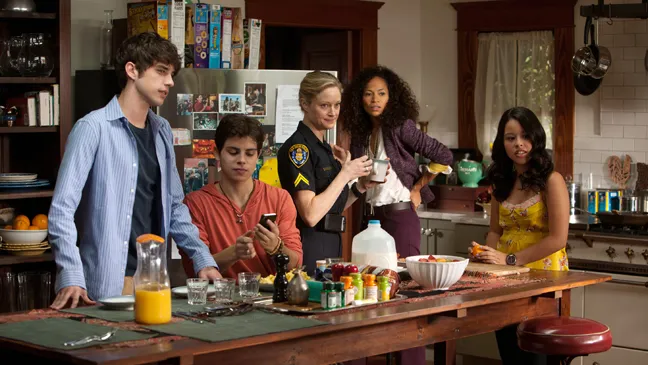
Complex Female Characters
Stef and Lena epitomize strong, independent women who balance their careers and family lives. Stef, a police officer, and Lena, a school vice principal, defy conventional gender expectations within their professional and personal spheres. Their relationship and individual arcs illustrate the strength and vulnerability inherent in their characters, promoting a nuanced portrayal of women beyond stereotypical confines.
Moreover, the show does not shy away from depicting the challenges and systemic biases faced by women. Stef’s experiences in the police force highlight issues such as sexism and homophobia within traditionally male-dominated professions. Lena’s struggles as a biracial vice principal dealing with institutional racism and sexism provide a realistic portrayal of the double bind women of color often face.
Egalitarian Family Dynamics
The Adams Foster family operates on principles of equality and mutual respect, challenging the patriarchal structure often seen in media. Both Stef and Lena share responsibilities equally, providing a model of co-parenting that emphasizes collaboration over traditional gendered roles. This setup not only normalizes the presence of two mothers but also showcases the fluidity of gender roles within a household.
The children in the Adams Foster family also benefit from this egalitarian environment, which encourages them to pursue their interests and identities without the constraints of traditional gender expectations. For instance, Mariana, their daughter, engages in activities ranging from robotics to dance, challenging the dichotomy of gendered interests.
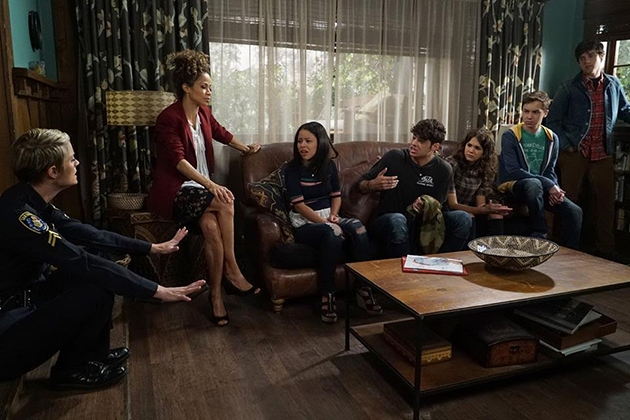
Racial Justice
“The Fosters” tackles issues of racial justice with a commendable level of sensitivity and depth, making it a powerful vehicle for discussions on race and identity in contemporary America. The show’s diverse cast and its exploration of racial issues through various storylines underscore the importance of representation and the impact of systemic racism.
Diverse Representation
One of the show’s most significant contributions to racial justice is its diverse cast. The Adams Foster family itself is racially diverse, with Lena being biracial, and their adopted children, Jesus and Mariana, being Latino. This diversity is not merely tokenistic but is integral to the show’s narrative and themes.
The inclusion of characters from different racial backgrounds allows “The Fosters” to explore a wide range of experiences and perspectives. This representation is crucial in a media landscape that often marginalizes or stereotypes people of color. By providing these characters with rich backstories and significant arcs, the show humanizes their experiences and fosters empathy among viewers.
Addressing Systemic Racism
“The Fosters” does not shy away from addressing systemic racism and its impact on individuals and communities. Lena’s experiences in her professional life often highlight the subtle and overt racism that people of color encounter in educational institutions. Her efforts to create a more inclusive and equitable environment for her students reflect broader societal struggles for racial justice.
The show also explores the criminal justice system’s racial biases through various storylines. For instance, the character of Mike Foster, Stef’s ex-husband and a police officer, provides a lens into the complexities of law enforcement and its relationship with communities of color. The show critiques the system while also presenting characters who strive to change it from within.
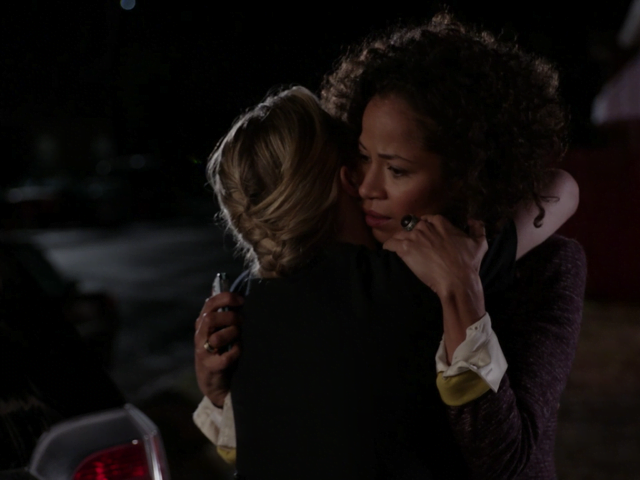
LGBTQ Rights
At its core, “The Fosters” is a trailblazer in advocating for LGBTQ rights. By centering a lesbian couple as its protagonists and exploring the lives of LGBTQ individuals through various storylines, the show normalizes LGBTQ identities and addresses the unique challenges they face.
Normalizing LGBTQ Families
One of the most revolutionary aspects of “The Fosters” is its depiction of a same-sex couple raising a family. Stef and Lena’s relationship is portrayed with the same depth and complexity as any heterosexual couple, emphasizing love, commitment, and partnership. This normalization is vital in combating stereotypes and prejudices against LGBTQ families.
The show also addresses the legal and social challenges faced by same-sex couples, such as adoption and custody issues. These storylines provide insight into the systemic barriers that LGBTQ individuals encounter and advocate for their rights to form and protect their families.

LGBTQ Youth and Identity
“The Fosters” extends its advocacy for LGBTQ rights to its younger characters, providing a platform for exploring LGBTQ youth’s experiences. The character of Jude, Stef and Lena’s foster son, navigates his sexual orientation throughout the series. His journey of self-discovery, acceptance, and love is handled with sensitivity and care, making it a touchstone for LGBTQ youth representation.
By showcasing Jude’s experiences, the show addresses issues such as bullying, mental health, and the need for supportive environments for LGBTQ youth. These storylines highlight the importance of acceptance and support in fostering healthy identities and well-being for LGBTQ individuals.
Intersectionality: Where Gender, Race, and LGBTQ Rights Converge
“The Fosters” is particularly noteworthy for its intersectional approach, examining how gender, race, and LGBTQ identities intersect and influence each other. This nuanced exploration provides a more comprehensive understanding of the characters’ experiences and the systemic challenges they face.
Intersectional Challenges
Characters like Lena embody the intersectionality that the show champions. As a biracial, lesbian woman, Lena navigates multiple layers of discrimination and bias. Her experiences reflect the complexities of living at the intersection of these identities and the unique challenges that arise from this convergence.
The show’s portrayal of intersectional challenges extends to its younger characters as well. For instance, Mariana’s experiences as a Latina teenager navigating her identity, family expectations, and societal stereotypes provide a rich narrative that delves into the interplay of race and gender.
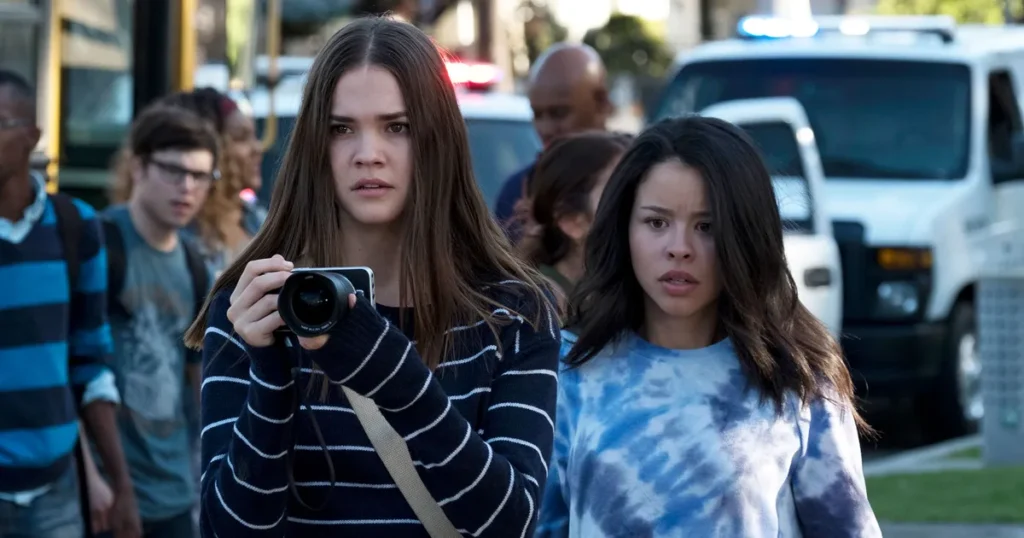
Advocacy and Empowerment
“The Fosters” not only highlights intersectional challenges but also promotes advocacy and empowerment. The characters’ resilience and activism in the face of adversity inspire viewers to engage with social justice issues and advocate for change. Whether it’s Lena’s efforts to create an inclusive school environment or Stef’s fight for justice within the police force, the characters’ actions underscore the importance of advocacy in achieving equality.
Cultural Impact and Legacy
“The Fosters” has left an indelible mark on popular culture and the fight for social justice. Its commitment to representing diverse identities and advocating for marginalized communities has resonated with audiences and critics alike.
Critical Acclaim and Awards
The show has received critical acclaim for its writing, performances, and progressive themes. It has been praised for its authentic portrayal of LGBTQ characters and its exploration of complex social issues. “The Fosters” has won several awards, including the GLAAD Media Award for Outstanding Drama Series, recognizing its significant contribution to LGBTQ representation in media.

Influence on Media and Society
“The Fosters” has set a precedent for inclusive and socially conscious storytelling in television. Its success has paved the way for other shows to explore similar themes and represent diverse identities. By proving that stories centered on marginalized communities can resonate with broad audiences, “The Fosters” has challenged industry norms and expanded the scope of television narratives.
The show’s influence extends beyond the screen, inspiring conversations and advocacy around gender equality, racial justice, and LGBTQ rights. Its impact on viewers, particularly those who see their experiences reflected in the characters, underscores the importance of representation in media.
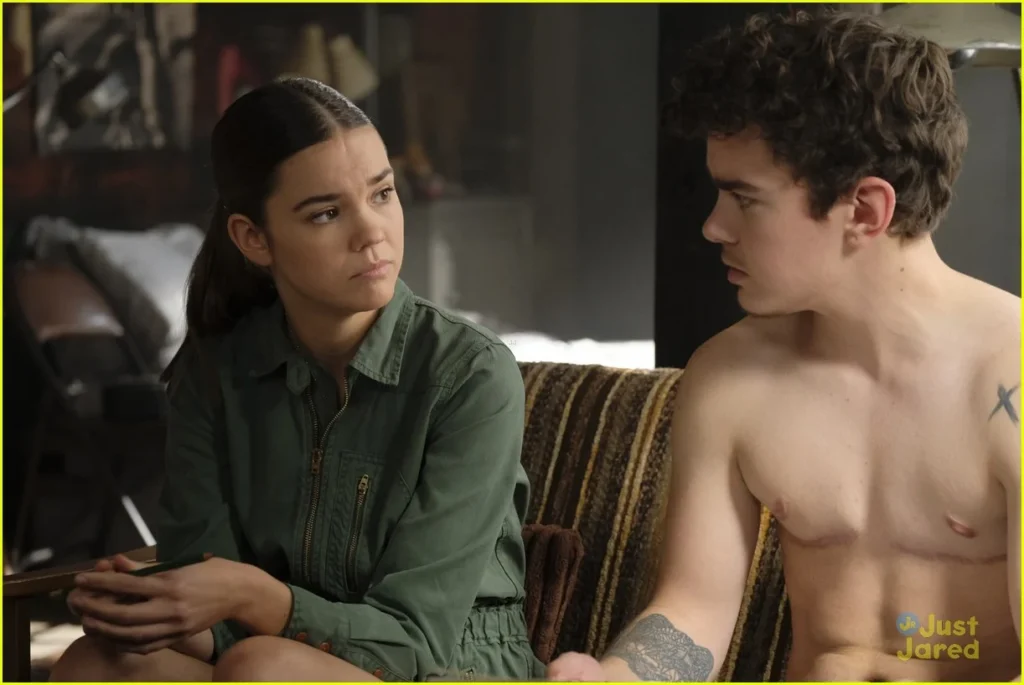
Conclusion
“The Fosters” stands as a landmark in television history, advocating for gender equality, racial justice, and LGBTQ rights with a depth and sensitivity rarely seen in mainstream media. Through its complex characters, intersectional narratives, and commitment to social justice, the show has not only entertained but also educated and inspired its audience.
By normalizing diverse identities and addressing systemic challenges, “The Fosters” has contributed to a broader cultural shift towards inclusivity and equity. Its legacy will continue to influence future media and shape societal attitudes towards marginalized communities. In a world where representation matters more than ever, “The Fosters” exemplifies the power of storytelling to drive social change and promote justice for all.





